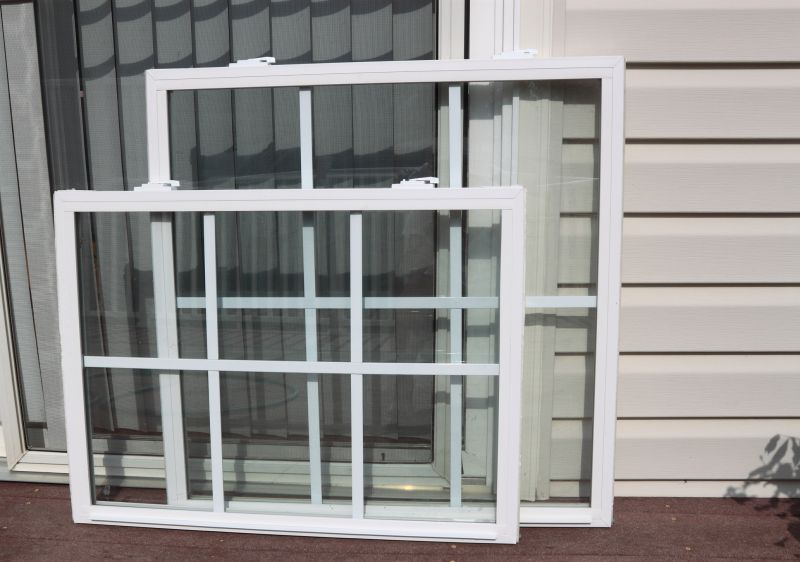Optimal Timing for Windows Installations
Understanding the optimal timing for Windows installations can help ensure system stability and minimize disruptions. Factors such as seasonal workload fluctuations, hardware availability, and software update cycles influence the best periods for performing installations.
Spring and fall are often recommended for Windows installations due to moderate workloads and fewer major updates.
Scheduling during slower business months reduces the impact on daily operations and allows for thorough testing.
Installing during periods with readily available hardware components can streamline the process and reduce delays.
Timing installations around major Windows updates ensures compatibility and security improvements.

An overview of the steps involved in installing Windows on new or existing hardware.

Preparing hardware components for a smooth Windows installation.

Customizing Windows settings post-installation for optimal performance.

Ways to make Windows Installations work in tight or awkward layouts.

Popular materials for Windows Installations and why they hold up over time.

Simple add-ons that improve Windows Installations without blowing the budget.
| Timing Consideration | Details |
|---|---|
| Seasonal Factors | Spring and fall are ideal due to moderate workloads. |
| Business Cycles | Avoid peak periods to reduce operational disruptions. |
| Hardware Availability | Schedule when hardware components are accessible. |
| Software Updates | Align with major Windows update releases. |
| Downtime Planning | Ensure sufficient time for installation procedures. |
| User Readiness | Coordinate with users for minimal impact. |
| Technical Support | Plan for support availability during installation. |
| Backup Procedures | Perform backups before initiating installation. |
Windows installations are a critical process that can impact productivity if not properly timed. Proper planning involves assessing workload cycles, hardware readiness, and software update schedules. Ensuring that installations occur during periods of low activity can help mitigate potential disruptions and facilitate smoother transitions. Regular updates and system maintenance are essential for security and performance, making timing an important consideration for IT management.

A visual guide to the Windows installation steps.

Preparing hardware components for installation.

Adjusting settings after Windows is installed.

Backing up data before starting installation.

High-end options that actually feel worth it for Windows Installations.

Finishes and colors that play nicely with Windows Installations.
Choosing the right time for Windows installations can improve system performance and reduce downtime. It is recommended to plan installations during periods of low activity, such as weekends or scheduled maintenance windows. Proper preparation and timing can lead to efficient upgrades, fewer complications, and a more seamless transition to new system environments.
Interested in scheduling a Windows installation? Fill out the contact form to get started.



